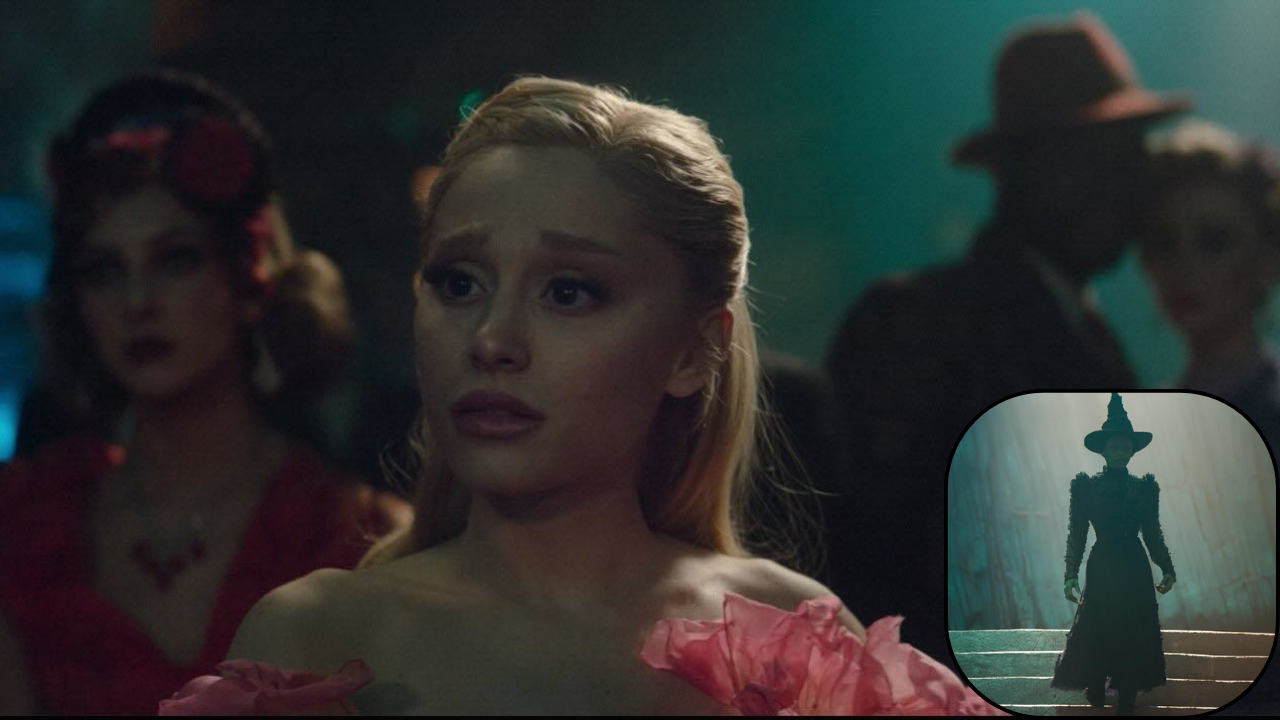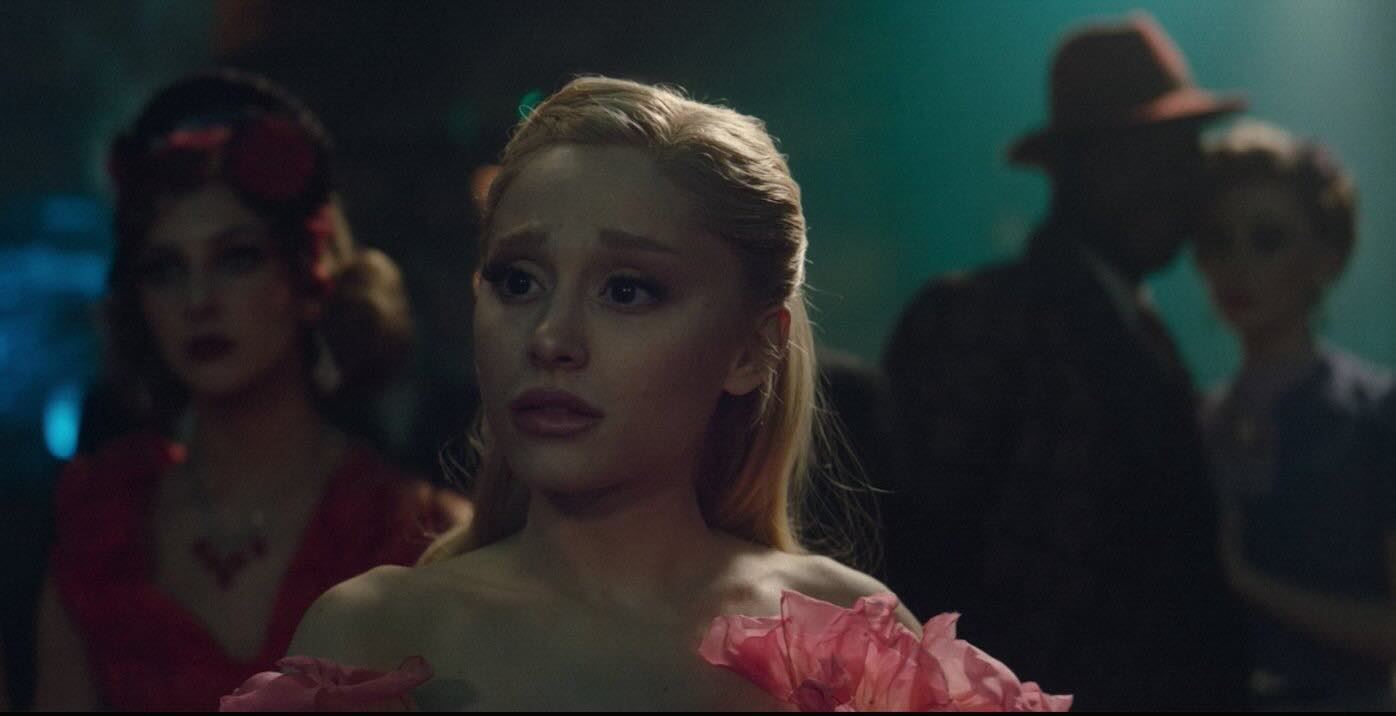Someone once pointed out that Wicked can be seen as a story about the distinction between being nice and being kind, and it’s a perspective that adds depth to the characters—especially Galinda. Galinda is, without a doubt, nice. Her charm and bubbly personality are central to her popularity, but her niceness often feels performative. It’s a social tool she wields effortlessly to maintain her image, but it’s fragile and quickly fades when things don’t go her way.
The Ozdust Ballroom scene is a perfect example of this duality. On the surface, it’s a moment of glittery glamour, but beneath it lies a poignant emotional complexity. This is the scene where Galinda starts to confront a difficult truth about herself. Up until this point, she’s seen herself as “nice” and “good,” but when she manipulates Elphaba into wearing the pointed black hat as a cruel joke, it’s clear she’s capable of cruelty—of doing something, as the title suggests, wicked.
This moment is both beautiful and heartbreaking. It’s beautiful because it’s a turning point in their relationship, where Elphaba ultimately rises above the humiliation with grace, and heartbreaking because it forces Galinda to sit with the reality that her actions, though veiled in niceness, can cause real harm. It’s a reminder that niceness, when stripped of genuine kindness, can become hollow and even harmful.
This distinction between niceness and kindness is one of the many layers that makes Wicked such a powerful story. It challenges us to think about the performative aspects of our own behavior and what it truly means to be kind, even when it’s inconvenient or difficult. For Galinda, it’s the beginning of her journey from a “nice” but superficial person to someone capable of deeper understanding and compassion










